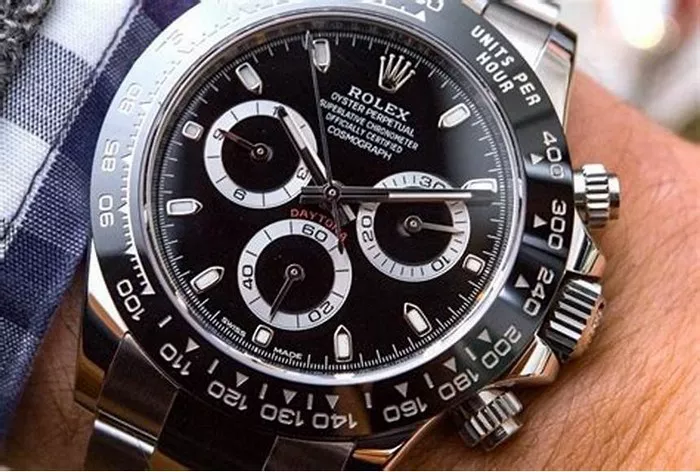Acknowledge Rolex’s Luxury Positioning
Rolex is synonymous with luxury, precision, and prestige. For over a century, Rolex has maintained its position as a premier watchmaker, producing timepieces that symbolize success and achievement. The brand’s reputation for crafting high-quality, durable, and stylish watches has earned it a dedicated following among enthusiasts and collectors worldwide. This strong association with luxury and excellence sets the context for understanding why Rolex watches command such high prices.
Address the “More Expensive” Perception
Niche vs. Broad Luxury
While Rolex is a leading luxury watch brand, it is not always the most expensive in terms of starting prices. Brands like Patek Philippe often have higher entry-level prices. However, Rolex is renowned for its value retention and often exceeds other brands in resale value. This aspect of Rolex ownership—where the watch is seen not only as a timepiece but also as a long-term investment—contributes significantly to the perception of higher expense.
Factors Beyond Initial Price
Several factors enhance the perception that Rolex watches are “more expensive”:
- High Demand and Waiting Lists: Rolex watches, especially popular models like the Submariner, Daytona, and GMT-Master II, have notoriously long waiting lists. This high demand and limited availability drive up prices, particularly in the pre-owned market, where watches can sell for significantly more than their retail price.
- Strong Resale Value: Rolex watches are known for their excellent resale value. Unlike many luxury items that depreciate over time, Rolex timepieces often retain or even appreciate in value. This characteristic reinforces their status as a significant investment, making them more desirable and perceived as more expensive.
Explain the Factors Contributing to Rolex’s High Prices
Brand Recognition and Prestige
Rolex’s unparalleled brand recognition plays a crucial role in its pricing. The brand is associated with success, luxury, and achievement, commanding a price premium. This strong brand identity is built on a history of precision, innovation, and style, making Rolex a symbol of status and accomplishment.
Vertical Integration
Rolex controls most of its production process, a strategy known as vertical integration. From materials sourcing to manufacturing and assembly, Rolex ensures the highest quality standards at every step. This meticulous control over production not only guarantees superior quality but also adds to the costs, contributing to the high prices of Rolex watches.
Durable Materials
Rolex uses high-quality materials in its watches, which enhances their durability and appearance:
- 904L Stainless Steel: Known as Oystersteel in Rolex parlance, 904L stainless steel is more corrosion-resistant than standard watch steel, offering enhanced durability and a superior finish.
- 18k Gold: Rolex uses a proprietary blend of 18k gold, available in yellow, white, and Everose (a unique rose gold alloy), ensuring not only luxurious aesthetics but also longevity and resistance to tarnish.
- Sapphire Crystals: The use of durable sapphire crystals, which are highly scratch-resistant, further enhances the watches’ durability and clarity.
In-House Movements
Rolex designs and manufactures its own movements, known for their accuracy and reliability. These in-house movements undergo rigorous testing to meet the brand’s exacting standards. The development and production of these high-precision movements require significant investment in technology and expertise, adding to the overall cost of the watches.
Marketing and Brand Management
Rolex invests significantly in marketing and brand management. The brand’s extensive sponsorships, advertising campaigns, and ambassador partnerships reinforce its image of luxury and excellence. This continuous investment in maintaining its prestigious image influences perceived value and pricing strategies, ensuring that Rolex remains at the forefront of the luxury watch market.
Conclusion
The perception of Rolex watches as more expensive is a multifaceted phenomenon. While not always the highest in initial price compared to some niche luxury brands, Rolex’s exceptional demand, strong resale value, and status as an investment piece contribute to this perception. Factors such as brand recognition, vertical integration, use of durable materials, in-house movements, and strategic marketing all play significant roles in determining the high prices of Rolex watches. These elements collectively ensure that owning a Rolex is not just about telling time but about possessing a piece of luxury, precision, and enduring value.

